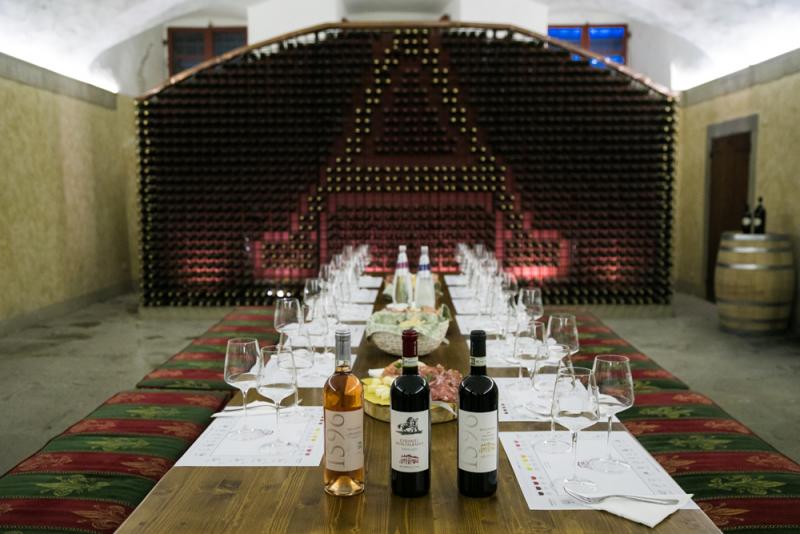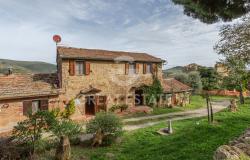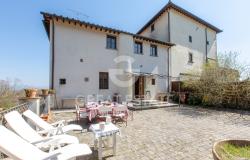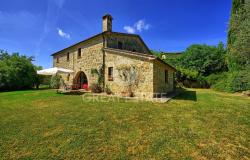I’ve always associated Chianti wine with, well, Chianti, the area of Tuscany between Florence and Siena where the famous wine is produced. So, on a recent bike trip to Montalbano, a hilly area to the west of Florence, I was surprised to discover the existence of another Chianti-designated wine, called Carmignano.
Except, it's not really a Chianti. It was incorporated in the Chianti label when production of Chianti started to expand beyond its original borders. But Carmignano has different organoleptic properties, and the handful of producers who make it were able to obtain their own Carmignano label only between the 1970s and 1990s.
Carmignano is a very old wine. Older than Chianti, and older than most wines produced in Italy. Wine in the Montalbano area of Tuscany has been produced since Etruscan times, confirmed by the discovery of wine vases in Etruscan tombs on Monte Albano.
Carmignano can be considered the ancestor of the so-called Super Tuscan wines, those world-famous, widely sought-after wines obtained by adding international vine varieties such as Cabernet or Merlot to Sangiovese, the main grape; indeed, as early as the 1600s, it was customary to add Cabernet to Sangioveto for the production of Carmignano. Cabernet was a vine imported from France when the country was under the Medici rule; it’s said that it was Caterina de’ Medici herself, queen of France, to bring it to Tuscany in the 16th century. Today, in this area, old people still call it uva Francesca, that is, coming from France.
The area of production of Carmignano has been defined since 1716; that year in Florence, the Grand Duke Cosimo III de' Medici issued the ‘Borders Declaration of the four Regions of Chianti, Pomino, Carmignano, and Val d'Arno di Sopra’, which specified the boundaries within which each of the wine mentioned could be produced (a sort of antecedent of the modern DOP concept -Denominazione di Origine Protetta, literally ‘Protected Designation of Origin,’ a certification that ensures that products are locally grown and packaged).
In 1932 the wine produced in the Carmignano area was included in the Chianti wine production area, obtaining in 1967 the Denomination of Controlled Origin (DOC) as Chianti of the Montalbano sub-area.
Carmignano is produced in hilly areas at an altitude between 250 and 400 meters around the towns of Carmignano and Poggio a Caiano in the province of Prato, with a 50% minimum of Sangiovese component.
Carmignano pairs well with strong flavored dishes, such as game, roasted red meat and grilled meat, aged and flavorful cheeses.
A great place to learn about and taste Carmignano is Tenuta di Artimino wine estate in Carmignano, which comprises a former Medici villa, a 4* luxury hotel, a Tuscan-inspired gourmet restaurant, a medieval village with apartments and a spa. The complex includes 700 hectares of vineyards and olive groves. They produce seven types of wine, including two DOCGs (the highest designation of quality among Italian wines) and two DOCs, which you can taste in the cellar of beautiful Villa La Ferdinanda, a Unesco World Heritage site.













